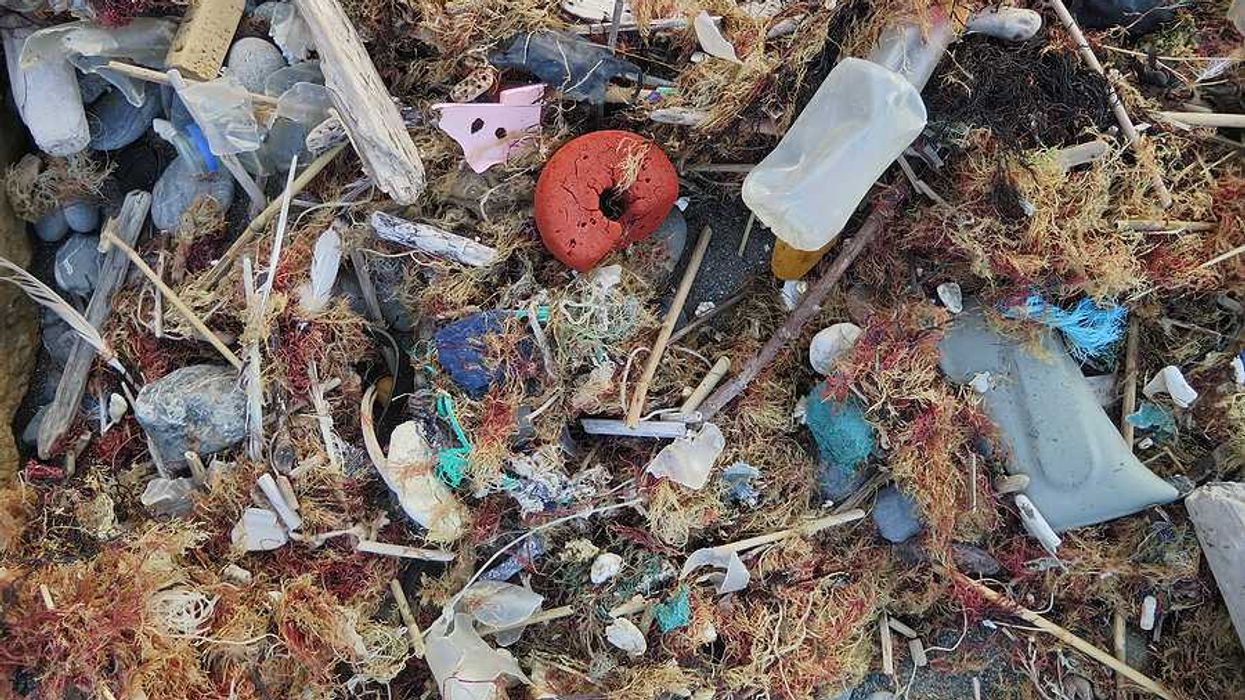The U.S. Department of Defense is set to implement a PFAS cleanup method pioneered in Michigan at various military sites nationwide, aiming to address toxic contamination.
Garret Ellison reports for MLive.
In short:
- The cleanup strategy involves interim remedial actions to tackle PFAS pollution at 40 military bases, inspired by successful efforts at Michigan's former Wurtsmith Air Force Base.
- Activists and Congressional pressure have been pivotal in expanding these cleanup efforts, highlighting the strategy's potential to quickly mitigate environmental health risks.
- The Pentagon's commitment reflects a broader initiative to protect public health and the environment, with more than 700 sites under investigation for PFAS contamination.
Key quote:
"We remain committed to taking care of our people and the surrounding communities and ecosystems."
— William LaPlante, under secretary of defense for acquisition and sustainment.
Why this matters:
By adopting a model that has shown promise in Michigan, the Department of Defense is taking action to reduce environmental health risks, setting a precedent for nationwide environmental remediation efforts. Scientific experts such as Terry Collins, professor of green chemistry at Carnegie Mellon, caution that "the only viable solution to PFAS pollution is to stop making virtually all, and perhaps all, PFAS compounds."














